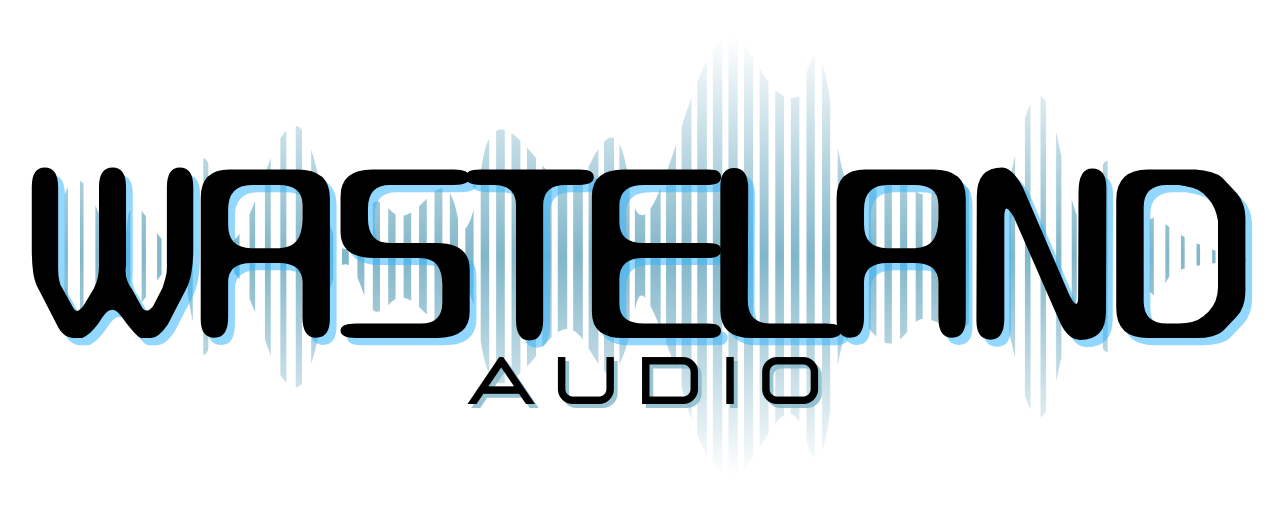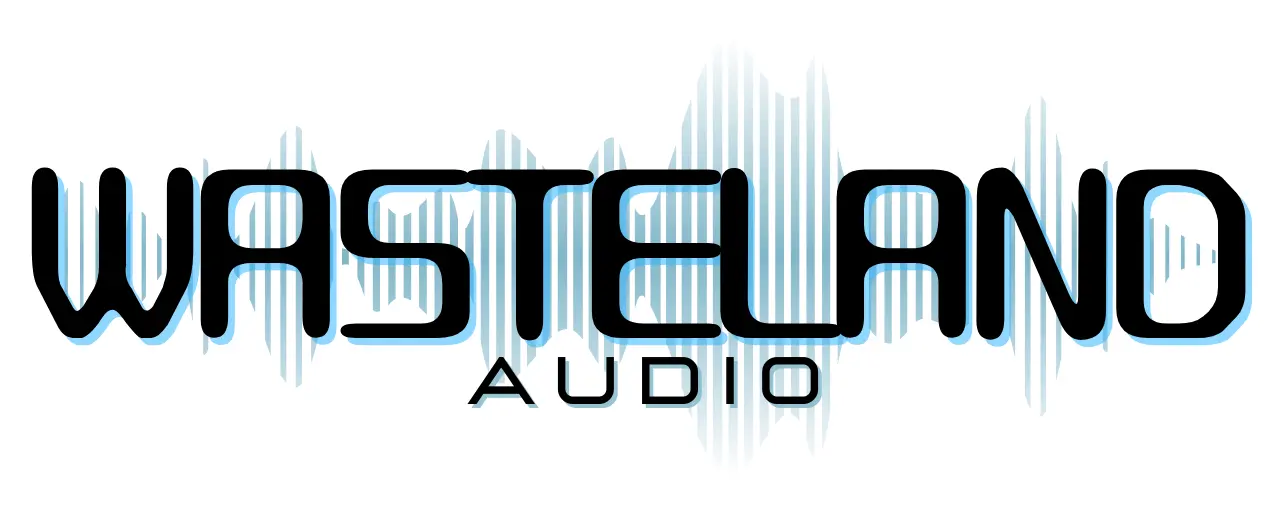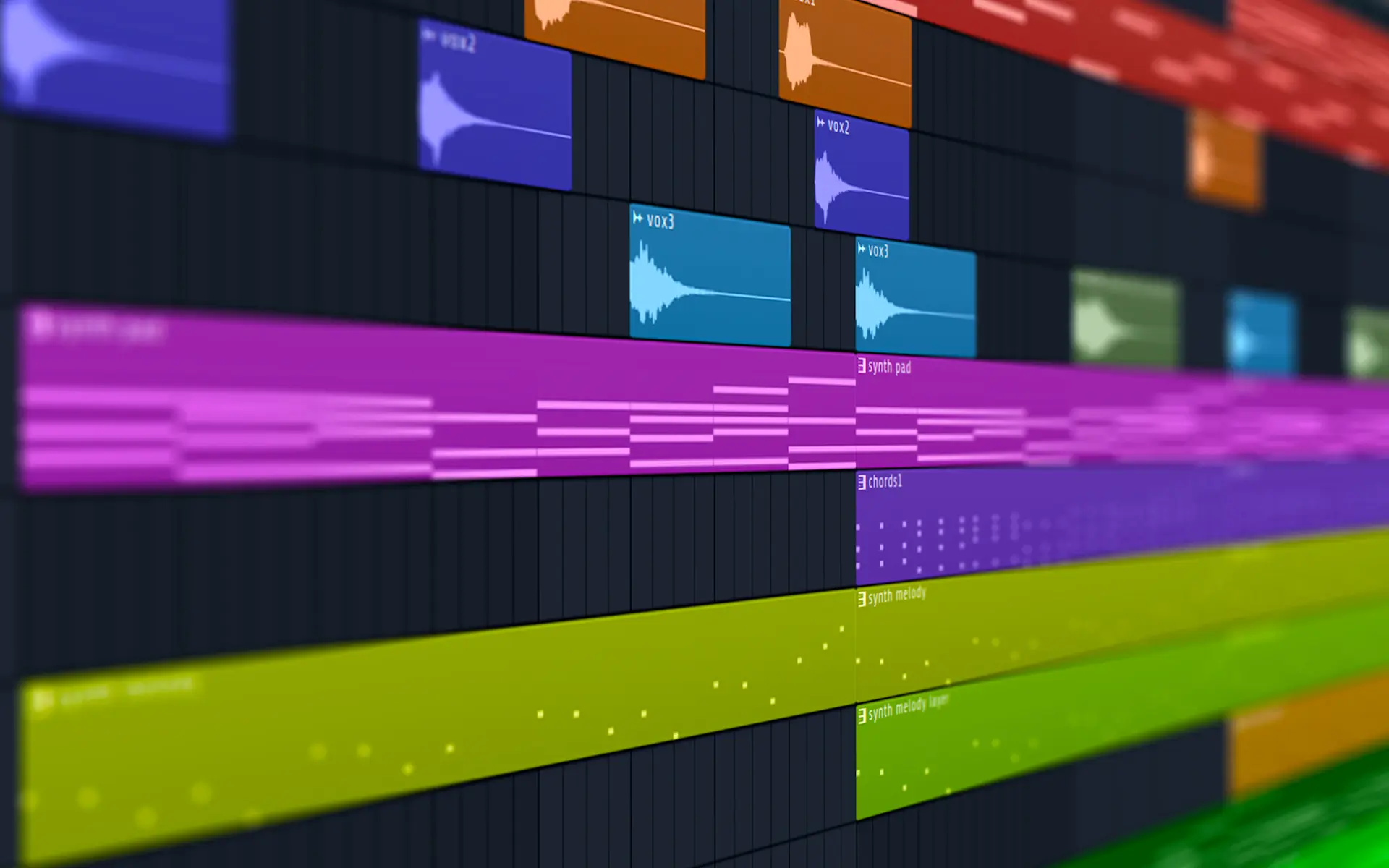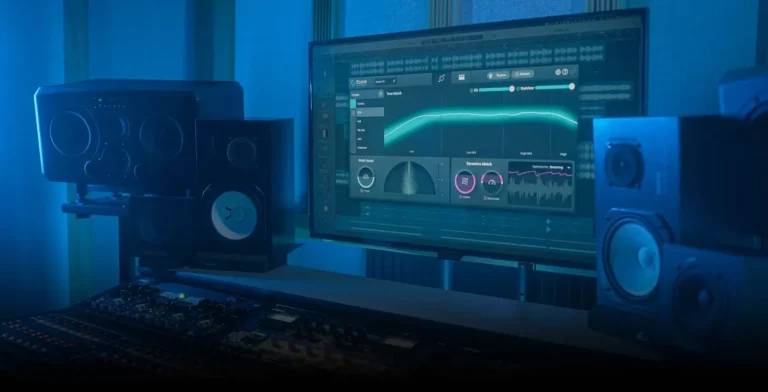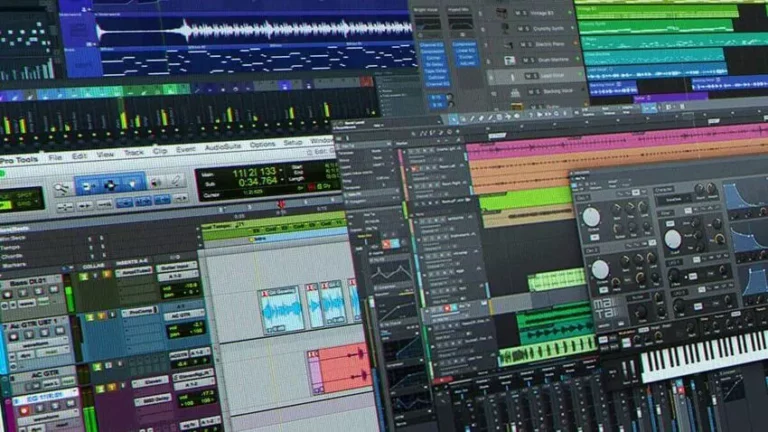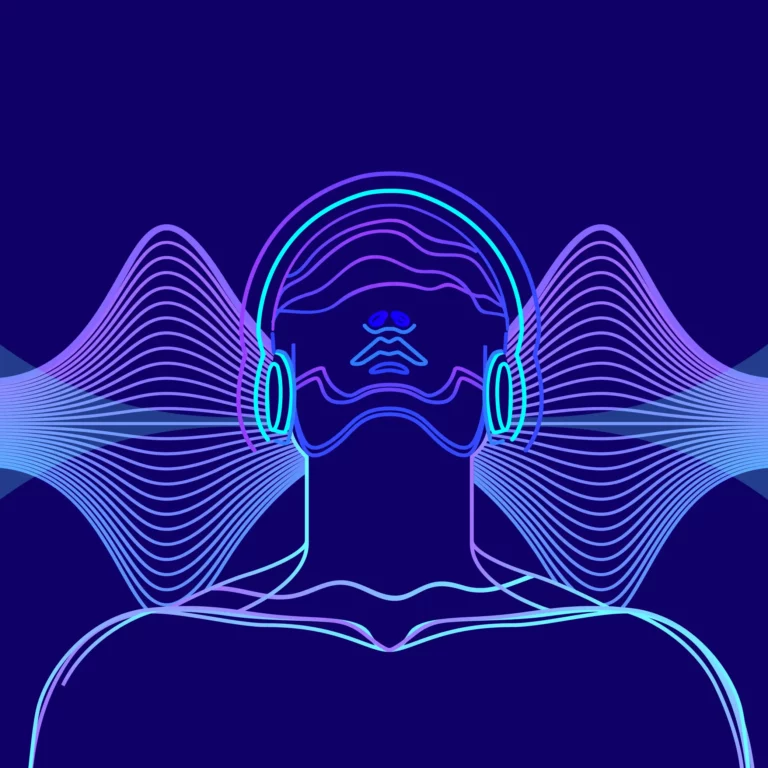In the world of music production, the choice of a Digital Audio Workstation (DAW) is a pivotal decision. Your DAW is your creative hub, where musical ideas take shape, tracks come to life, and songs are born. With numerous options available, it’s crucial to find the DAW that best suits your needs and preferences. In this blog post, we’ll compare some of the most popular DAW programs, shedding light on their unique features, strengths, and weaknesses, to help you make an informed choice.
1. Ableton Live
Strengths:
- Live Performance Capabilities: Ableton Live is renowned for its real-time performance capabilities. It’s a favorite among electronic music producers and DJs for its seamless integration of hardware controllers and live looping.
-
Time-Stretching and Warping: The DAW’s powerful warping engine allows you to manipulate audio clips in real-time, making it perfect for creative time-stretching and remixing.
-
User-Friendly Interface: Ableton Live features an intuitive and user-friendly interface, making it an excellent choice for beginners.
Weaknesses:
- MIDI Editing: While Ableton Live excels in live performance, its MIDI editing capabilities are somewhat limited compared to some other DAWs.
-
Not Ideal for Traditional Recording: If your focus is on traditional multi-track recording and mixing, Ableton Live may not be the most convenient choice.
2. Pro Tools
Strengths:
- Industry Standard for Recording and Mixing: Pro Tools is the industry-standard DAW for professional recording and mixing, especially in the world of music and post-production for film and television.
-
High-Quality Audio Engine: It boasts a highly advanced audio engine, ensuring top-notch sound quality and rock-solid stability.
-
Vast Plugin Support: Pro Tools offers extensive support for third-party plugins, making it a versatile choice for audio professionals.
Weaknesses:
- Price: Pro Tools can be costly, both in terms of initial purchase and additional features.
-
Steep Learning Curve: While powerful, Pro Tools has a steep learning curve, making it less suitable for beginners.
3. Logic Pro X
Strengths:
- All-In-One Music Production: Logic Pro X is an all-in-one solution for music production, offering robust tools for recording, mixing, and composing.
-
Stock Virtual Instruments and Effects: It comes with an extensive library of virtual instruments and effects, making it an excellent choice for musicians and composers.
-
Value for Money: Compared to some other DAWs, Logic Pro X offers excellent value for money, considering its feature set.
Weaknesses:
- macOS Exclusive: Logic Pro X is exclusive to macOS, limiting its accessibility for Windows users.
-
Complexity: While it offers a wide range of features, the complexity of Logic Pro X can be overwhelming for newcomers.
4. FL Studio
Strengths:
- User-Friendly Interface: FL Studio is known for its user-friendly interface, making it an excellent choice for beginners and electronic music producers.
-
Pattern-Based Sequencing: It excels in pattern-based sequencing, allowing for creative beat and melody creation.
-
Lifetime Free Updates: Purchasing FL Studio grants you access to free lifetime updates, ensuring you stay up to date with the latest features.
Weaknesses:
- Limited Audio Recording Features: FL Studio’s audio recording capabilities are somewhat limited compared to other DAWs, which may be a drawback for those focusing on live instruments.
-
Mac Compatibility: While FL Studio is available for Mac, it was originally designed for Windows, and some features are better optimized on that platform.
5. Reaper
Strengths:
- Customizability: Reaper is highly customizable and offers an extensive array of features. You can tailor it to your specific needs and workflow.
-
Affordable Licensing: Reaper offers an affordable licensing model, making it accessible to musicians on a budget.
-
Regular Updates: The development team consistently releases updates and improvements based on user feedback.
Weaknesses:
- Less Stock Plugins: Reaper doesn’t come with as many stock virtual instruments and effects as some other DAWs, requiring users to rely more on third-party plugins.
-
Steeper Learning Curve for Newcomers: While it’s highly versatile, Reaper’s extensive customization options can be daunting for beginners.
6. Cubase
Strengths:
- MIDI Capabilities: Cubase is renowned for its MIDI capabilities, making it a top choice for composers and electronic musicians.
-
Professional Scoring: It excels in scoring and notation, making it a favorite for film and television composers.
-
Advanced Mixing Features: Cubase offers advanced mixing features, including VCA faders and control room functionality.
Weaknesses:
- Steep Learning Curve: Cubase’s extensive feature set can be overwhelming for newcomers.
-
Higher Price Point: Cubase Pro, the full-featured version, comes at a higher price point than some other DAWs.
7. Nuendo
Strengths:
- Post-Production Focus: Nuendo is designed for audio post-production, making it an industry standard for sound design, audio for film, and game audio.
-
Advanced Sound Design Tools: It offers advanced sound design features, including game audio middleware integration.
-
Surround Sound Capabilities: Nuendo is ideal for those working with immersive audio formats.
Weaknesses:
- Specialized Focus: While excellent for post-production, Nuendo’s specialized focus may limit its appeal to musicians and producers.
-
Price: Nuendo is a premium DAW with a significant price tag.
8. Studio One
Strengths:
- User-Friendly Interface: Studio One boasts an intuitive and user-friendly interface, making it suitable for beginners and experienced users.
-
Comprehensive Features: It offers a range of comprehensive features for recording, editing, and mixing, including robust MIDI capabilities.
-
Innovative Workflow: Studio One is known for its innovative workflow features, such as Arranger Track and Scratch Pads.
Weaknesses:
- Smaller Plugin Market: While it supports third-party plugins, Studio One has a smaller plugin market compared to some other DAWs.
-
Resource Intensive: Studio One can be resource-intensive, particularly when working on larger projects.
9. GarageBand
Strengths:
- Mac and iOS Integration: GarageBand offers seamless integration between Mac and iOS devices, making it accessible and user-friendly for Apple users.
-
Simplified Interface: Its simplified interface is ideal for beginners and those looking to quickly sketch out musical ideas.
-
Virtual Instruments: GarageBand provides a range of virtual instruments and loops for music creation.
Weaknesses:
- Limited Advanced Features: GarageBand is not as feature-rich as other DAWs, and it may not meet the needs of advanced users or professional musicians.
-
Mac Exclusive: GarageBand is exclusive to macOS and iOS devices, limiting its accessibility to Windows users.
Conclusion
Selecting the right DAW is a deeply personal decision that depends on your specific needs, musical style, and workflow preferences. The above comparison offers a glimpse into the strengths and weaknesses of popular DAW programs, but the best choice ultimately depends on your individual requirements. It’s essential to try out different DAWs, experiment with their features, and consider your long-term goals as a music producer or artist. Whichever DAW you choose, remember that it’s the creative energy you invest in your music that truly matters, and any of these DAWs can be a powerful tool in your artistic journey.
